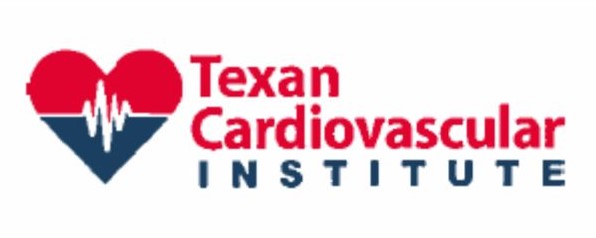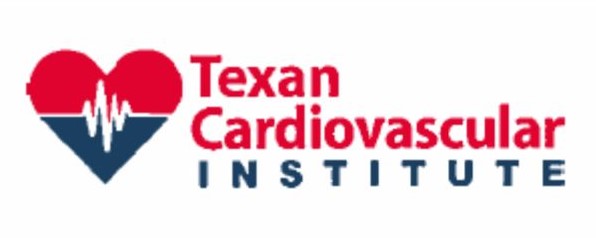Follow Us x
A TTE is a diagnostic procedure that uses echocardiography to assess the heart’s function and structures. During the procedure, a transducer (like a microphone) is inserted down the esophagus, it then sends out ultrasonic sound waves. When the transducer is placed at certain locations and angles the sound waves move through the skin and other body tissues to the heart tissues, where the sound waves bounce or “echo” off the heart structures. The transducer picks up the reflected waves and sends them to a computer. The computer displays the echoes as images of the heart walls and valves.
TEE provides a clearer image of the heart because the sound waves do not have to pass through skin, muscle, or bone tissue. For example, obesity or pulmonary disease may interfere with the ability to obtain adequate images of the heart when the transducer is placed on the chest wall during a regular echocardiogram.


